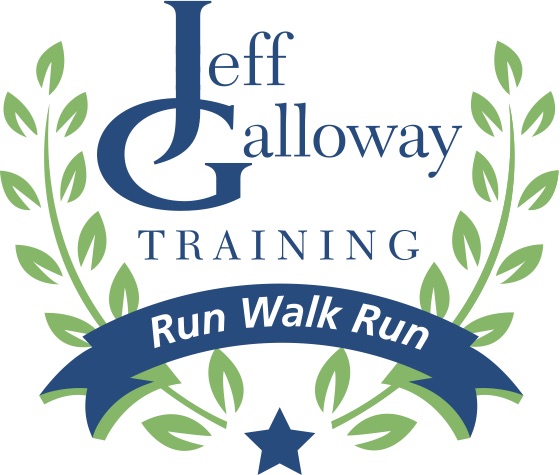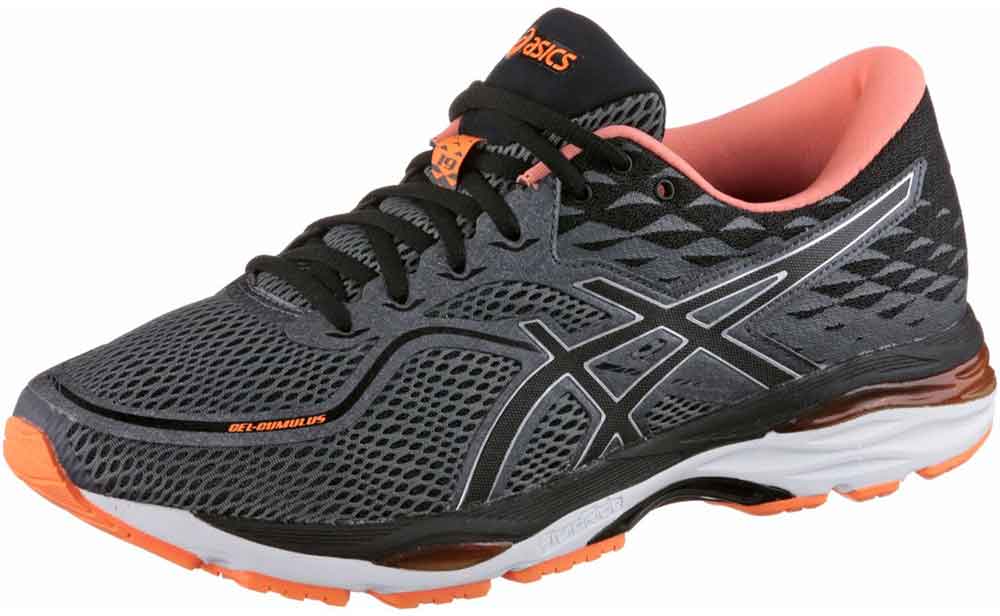
Get your shoes from Jeff! Phidippides Online
Here are the basics from my store, Phidippides. Check out their Shoe Reviews here
#1. Be prepared to spend at least 30 minutes in selecting your running shoes.
#2. Do not take a friend’s advice, as what works for them may not be right for you.
#3. Bring your current pair of running shoes and a pair of your running socks.
#4. Make sure you get a salesperson who asks you about your running, including such things as goals, mileage, terrain, past or current injuries, and chronic problem areas. Try to get a salesperson that is a runner him or herself.
#5. Your salesperson should watch you run in a neutral pair of shoes to determine your specific foot function and biomechanics, and make recommendations based on their observations.
#6. Then the salesperson should watch you in the recommended shoes to verify the correctness of each model for you.
#7. Running shoes are designed with specific features that are intended to work for certain foot functions (floppy, rigid, etc). Remember that foot function is not the same as foot type. For instance, just having a flat foot (fallen arches) does not indicate that you have a “floppy” foot that rolls inward excessively and, therefore, needs a motion control shoe (this is a common misunderstanding that we often encounter).
#8. The fit should be comfortable – meaning snug but not tight. There should be a little play or room in the forefoot. When standing, allow about a thumb’s width between your toes and the end of the shoe. There is no consistency to running shoe sizing. In general, you’ll tend to need a larger size than your dress shoe size. It is okay for women to wear men’s shoes and men women’s if it helps you get a better fit (as a general rule, there is a size and a half difference, so, for example, an 11 women’s would be a men’s 9.5).
#9. In sum, the two equally important variables in shoe selection are that the shoe fits your foot well AND is appropriate for your foot function.
#10. As a general rule try on at least a couple of different models for comparison.
#11. Don’t write off a shoe company because one of their models didn’t work for you.
#12. Tune out the advertising hype. Shoe enhancers (air, gel, etc) should be viewed as icing on the cake. They can’t make a poorly designed or manufactured shoe good all on their own, and, if the shoe is well designed and manufactured it would be good even without an enhancer.
#13. Never let cosmetics be a significant factor in your decision.
#14. The cushioning in a running shoe lasts, on average, 300 to 400 miles. However, the shoes will have a progressive breakdown over time whether being used or not. Your body and feet will let you know when the shoe is no longer providing the cushion and support needed.
#15. If you absolutely, positively feel compelled to wash your running shoes, DO NOT immerse them in water. Use a damp cloth or an old toothbrush and let them air-dry naturally.
#16. KEEP RUNNING SHOES AWAY FROM HEAT SOURCES. Do not put them in dryers, on radiators or heating vents, nuke them in the microwave or bake them at 350. Do not leave them in your car or out in the direct sunlight in hot weather. Heat will dry out your cushioning materials prematurely and can cause the shoe to separate by hardening the glues that hold it together.
#17. If you notice the outer sole wearing down, your shoes are likely in need of replacement – the rubber outsole is typically very durable and can outlive the 300-400 mile range of effective midsole cushioning (see #14).
#18. Remember, the most expensive shoe purchase you can make is the one where you buy a pair that does not fit properly and/or is not right for your foot function.
(Article written by longtime Phidippides employee and contributor to the book “Breakthrough Running” – Kirk Larsen)
Know the shoes that you need? Purchase them online from Jeff’s Phidippides! Save 20% when you add a pair of shoes to any of Jeff’s training plans (e-coaching or personalized training) or running schools.

